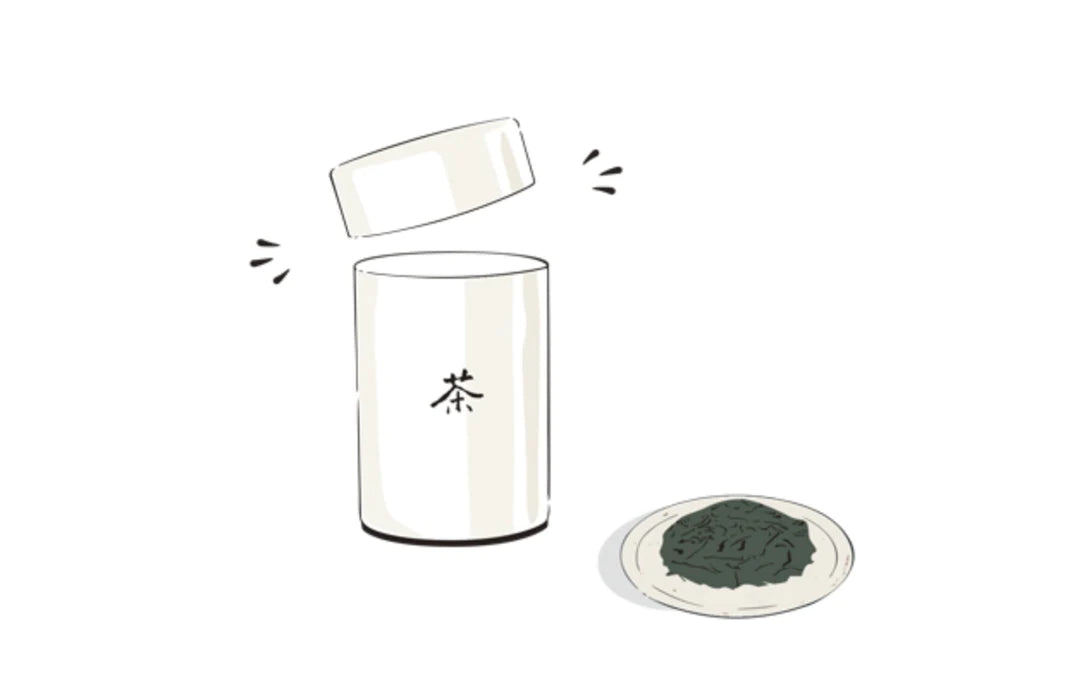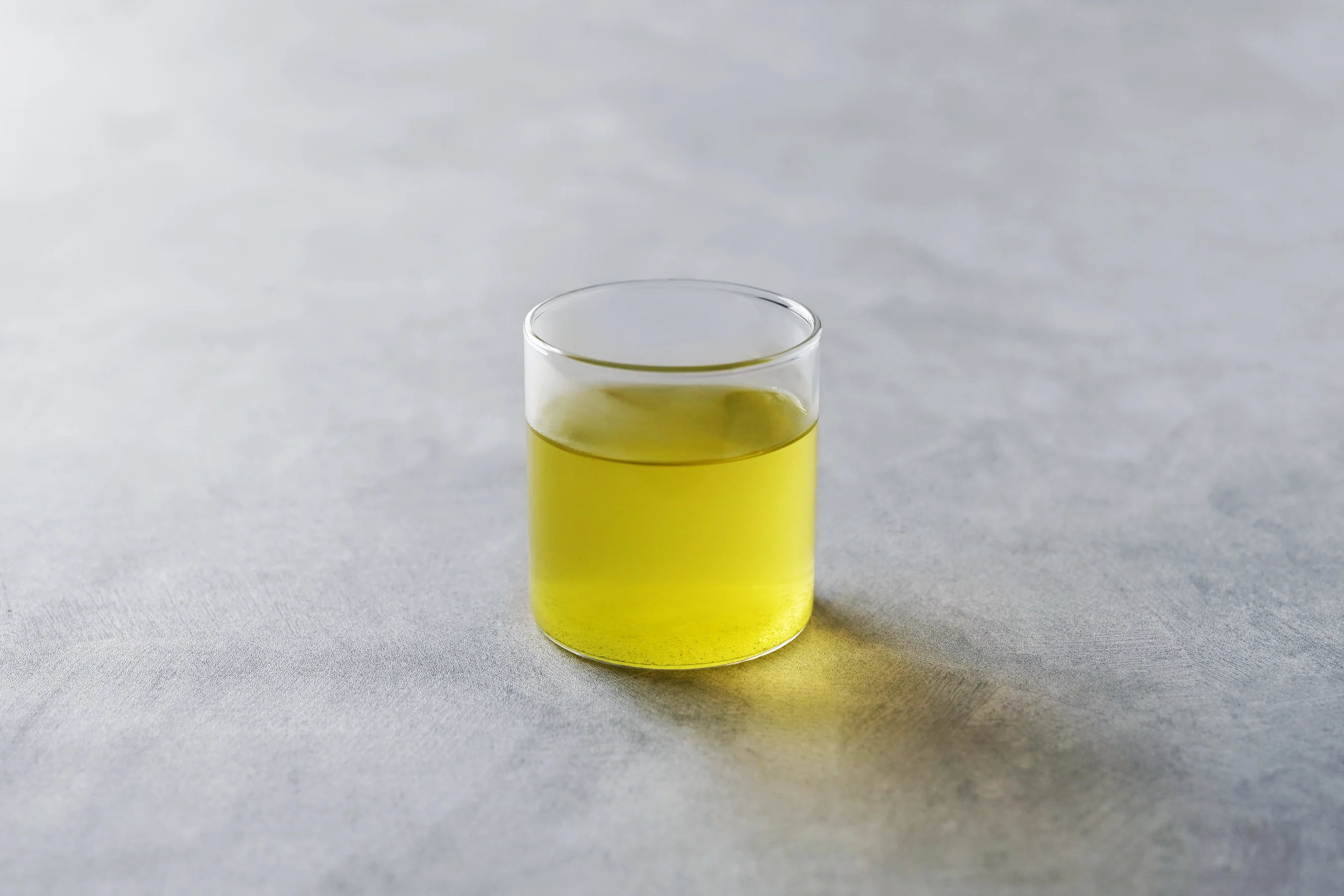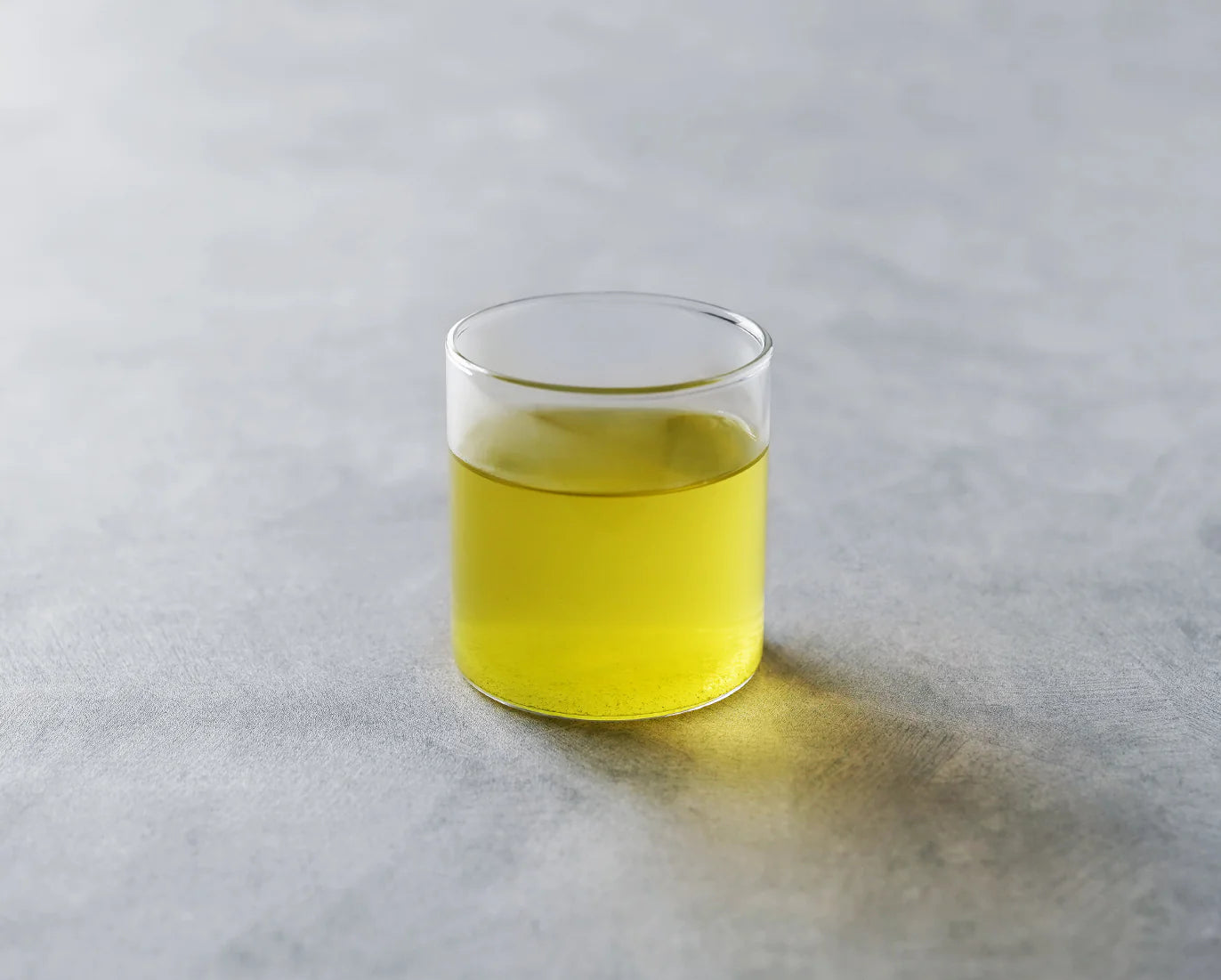The higher the price, the better balanced the tea in terms of sweetness, deliciousness, bitterness and astringency. The most delicious sencha is one that would make you feel like another one.
What Is Sencha?
Sencha is the most commonly cultivated and consumed type of Japanese tea. The tea plants are not covered to produce sencha. Exposed to abundant sunlight, the tea takes on a brisk and clear flavour unique to the kind with sufficient sweetness, deliciousness (umami), bitterness and astringency. During recent years, classic “harsh” sencha has become less available because many tea farmers started to cover their fields for several days before tea-picking starts in order to suppress bitterness and astringency and render tea leaves darker green. However, we, at Nakamura Tokichi, select sencha grown without covering as much as possible, although it's appearance may not always be as aesthetic.
Quality Differences
sweetness

Sencha has a different type of sweetness than gyokuro or kabusecha. It is brisk and sharp.
Weak and hardly felt. One may sense sweetness but it lacks in deepness and the aroma disappears immediately. Ill-balanced with bitterness and astringency.
umami

Well-balanced with sweetness, bitterness and astringency. Brisk and does not cover up an aftertaste.
Deliciousness (umami) is hardly felt. One may sense it slightly after some sweetness but it is not obvious at all.
bitter and astringent

Harshness and astringency diminish. Bitterness is pleasant and elegant. Brisk and clear without any heaviness. Well-balanced with some sweetness.
Harsh and piercing like sour persimmons. The tea may leave a sharp impression.
aroma

A noble and pure aroma flows through to the back of the nose. Turns mellow with further profoundness and deepness as the tea matures.
A scorching flavour overpowers other aromas. Simple without complexity. The aroma does not leave an image of fresh tea sprouts.
colour

Glossy on the surface. Shiny dark green. The tea leaf is narrow and long, thin in the ends and a little thick in the centre. It is not flat but round and looks aesthetic.
Thick, stiff and flat. The leaf veins are hard and large. The leaves lack in gloss on the surface. Pale and dry.
liquor colour

Clear golden yellow (not green) without any red- or darkness.
Yellow with a dark reddish tint. The colour is pale and not bright. However, as long as it does not affect the flavour, sencha can be slightly reddish.
How to Make Good Cups of Tea (for two)
A good balance of sweetness, deliciousness (umami), bitterness and astringency is vital to sencha. Sencha is indispensable to our daily lives with it's not too bitter nor too sweet, well balanced character. It goes well with both meals and sweets and allows us to alter between it's different flavours, according to our mood.

To Bring Out Sweetness

To Accentuate Bitterness

how to store
Here are some tips to keep your tea fresh and enjoy it tastily.






